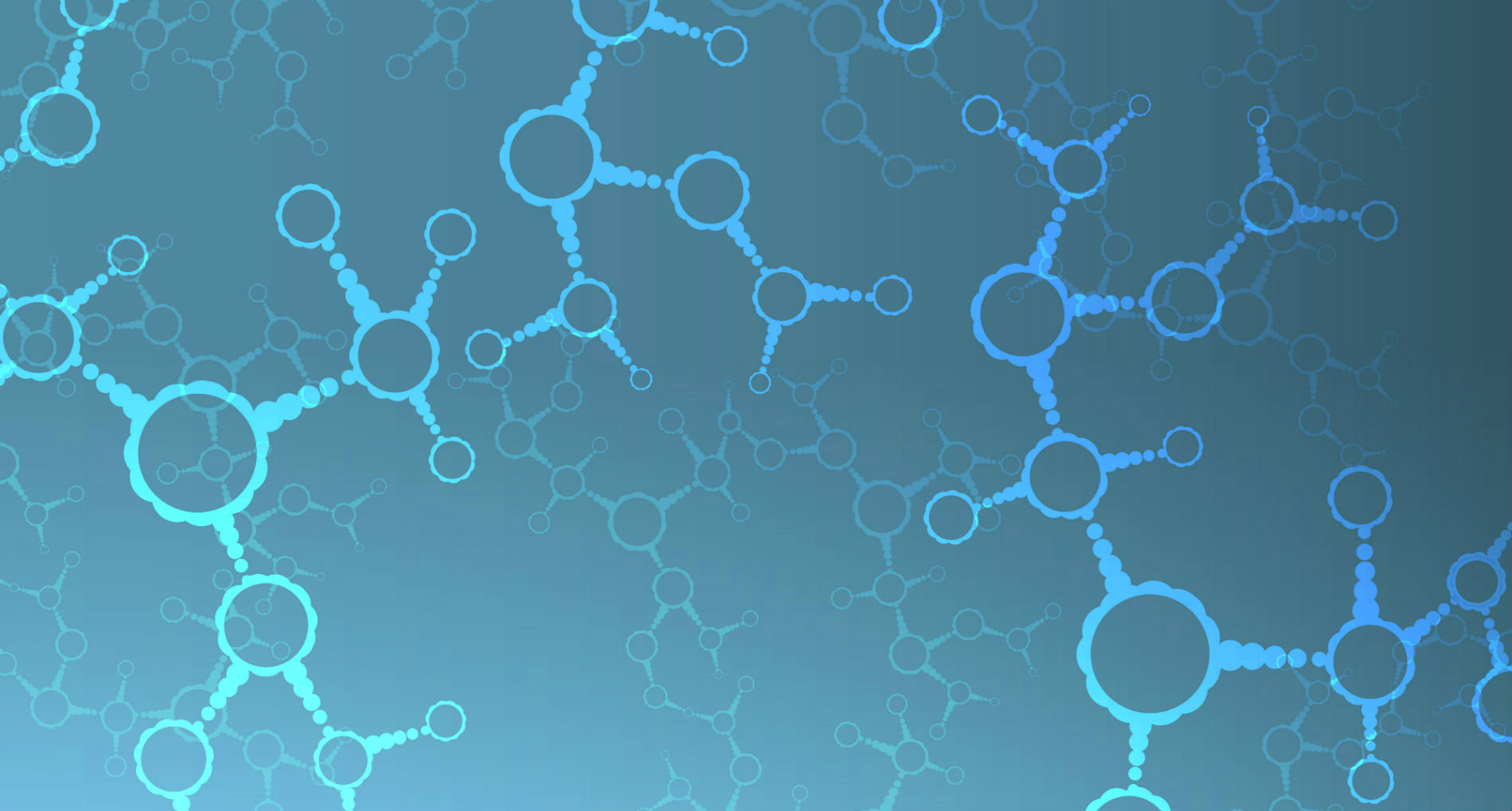A vital tool in research, molecular beacon probes undergo a process of splitting and gathering to reach their full potential.
Molecular beacon probes are comprised of oligonucleotides that report what specific nucleic acids are within homogenous solutions. These probes tend to fluoresce upon hybridization and are quite useful in situations that involve the isolation of excess hybrids. An example would be in the detection of RNAs within living cells. These probes both locate and supply information to the researcher by becoming fluorescent marker.
Intricate Designs
These beacons can also function as dual-labeled probes, which have proven to be useful in real time monitoring situations, – i.e. polymerase chain reactions. They are designed in that their loop portion of the molecule compliments the targeted nucleic acid molecule. With multiple arm sequences on the ends of the nucleic acid, a fluorescent moiety can be attached to one specific end of the arm with a quenching moiety on the other.
The Process of Fluorescence
In order for the fluorescence to occur, both moieties must be pushed away from each other, due to the restrictions of energy transfer. A more in-depth pragmatic solution would be to separate both moieties upon contact with a target molecule. Once the hybrid becomes unstable, the molecular beacon will undergo the process of reorganization, causing both stems to be forced apart, which leads to the restoration of the fluorescent beam.
In Conclusion
These molecular beacon probes adapt to the reaction from which it is placed. By forcibly attaching themselves and undergoing a spontaneous conformational push, they can readily identify whatever comes their way. This tool, as you may call it, has been heavily utilized in the fields of research and continues to provide an enormous amount of data that’s relevant to a researcher’s study.
If you’re in need of a quality fluorescent label, look no further than The Midland Certified Reagent Company. Visit them online today for more information.

